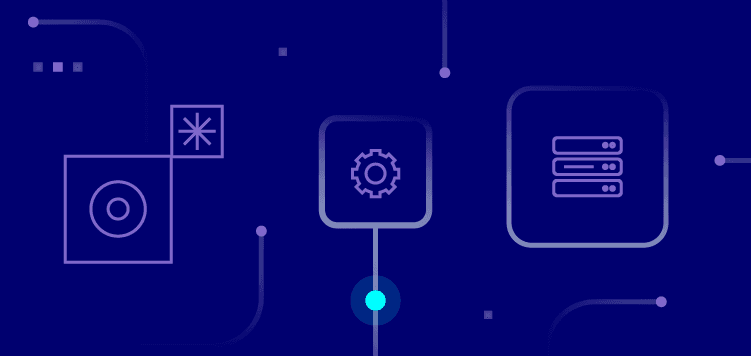Introducing RudderStack Transformations

Published:
April 22, 2020

Data without compromise: The RudderStack story
Learn about how RudderStack started and how it has evolved into a best-in-class data infrastructure solution to help businesses move their customer data with full control and safety.

Snowflake Summit 2025 recap: Launches, live demos, and real-time data
As a proud Snowflake partner, the RudderStack team was excited to be part of the 2025 Summit. This post provides a recap of the activities our team was part of at the event.

RudderStack obtains the Data Privacy Framework Certification
RudderStack is officially certified under the EU-U.S., UK, and Swiss Data Privacy Frameworks. This milestone demonstrates our continued commitment to protecting personal data, meeting international compliance standards, and maintaining customer trust








